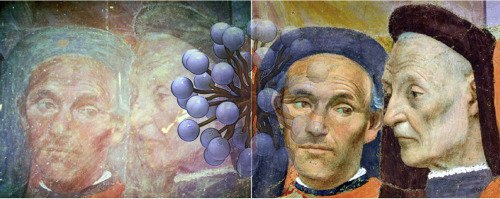Current Opinion in Colloid & Interface Science ( IF 7.9 ) Pub Date : 2020-01-17 , DOI: 10.1016/j.cocis.2019.12.007 David Chelazzi , Romain Bordes , Rodorico Giorgi , Krister Holmberg , Piero Baglioni

|
Surfactants have been historically used for cleaning artifacts, but only in the last decades serendipitous approaches were replaced by research in the field of soft matter and colloid science. Surfactants are components of nanostructured fluids, which were assessed for the removal of soil and aged coatings from paintings, and are fundamental in processes that range from the inclusion of grime in micelles, to the swelling and dewetting of polymer layers. Intriguing aspects involve the synthesis and use of biodegradable and self-cleavable surfactants, and the confinement of nanostructured fluids in gels, which boost the selectiveness of cleaning interventions. The performances of these advanced systems surpass those of traditional cleaning materials such as solvent blends and thickeners. The most important results are here reviewed, and future perspectives given. Besides granting the transfer of cultural heritage to future generations, advanced cleaning materials are relevant to transversal fields such as detergency, cosmetics and drug-delivery.
中文翻译:

表面活性剂在艺术品清洗中的用途
表面活性剂在历史上一直用于清洁工件,但直到最近几十年,偶然性方法才被软物质和胶体科学领域的研究所取代。表面活性剂是纳米结构流体的成分,经评估可以清除油漆中的污垢和老化涂层,并且在从胶束中包含污垢到聚合物层溶胀和反润湿的过程中至关重要。有趣的方面涉及可生物降解和可自裂解的表面活性剂的合成和使用,以及凝胶中纳米结构流体的封闭,这提高了清洁干预措施的选择性。这些先进系统的性能超过了传统清洁材料的性能,例如溶剂混合物和增稠剂。这里对最重要的结果进行了回顾,以及未来的观点。除了将文化遗产转让给子孙后代外,高级清洁材料还与横向领域相关,例如去污力,化妆品和药物输送。











































 京公网安备 11010802027423号
京公网安备 11010802027423号